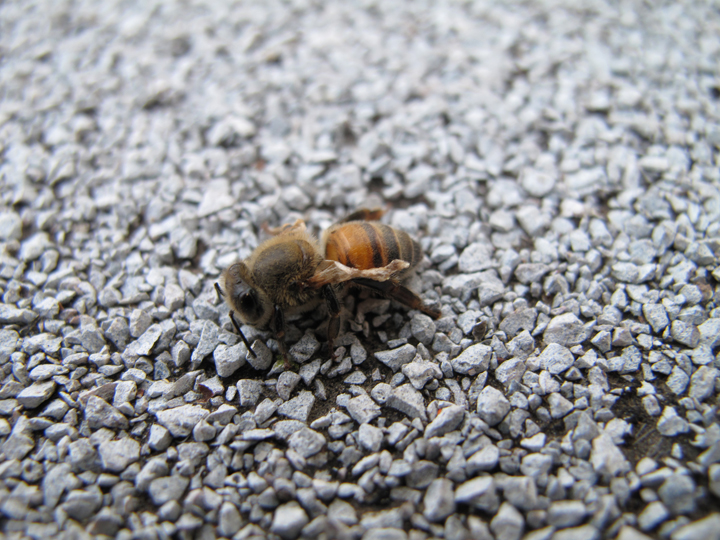Scientists have been attempting to ascertain why there has been a decline in bee populations around the world. Now a new study has concluded that viruses and mites might be playing a larger part than once believed.

A five-year study across the United States by the University of Maryland and the U.S. Department of Agriculture has revealed a disturbing trend: the prevalence and increase in deadly bee mites and viruses.
READ MORE: How you can help save the bees this spring
It’s been known that the varroa mite has been threatening bees for some time, however, this new study concludes that it might be worse than once estimated.
The study surveyed beekeepers from across 41 states and the territories of Puerto Rico and Guam from 2009 to 2014, and focused on two major parasites: the varroa mite and nosema.
Interestingly, the varroa mite was reported less in migratory beekeepers, those that take their hives on the road to pollinate various crops. But for the nosema, the reverse was true: stationary beekeepers reported a lower incidence compared to migratory beekeepers.
“We knew that varroa was a problem, but it seems to be an even bigger problem than we first thought,” said study co-author Dennis vanEngelsdorp, an assistant professor of entomology at the University of Maryland. “Moreover, varroa’s ability to spread viruses presents a more dire situation than we suspected.”
One of the most disconcerting discoveries was that more than 50 per cent of beekeepers reported high infestations of varroa mites at the start of winter when colonies are producing long-lived winter bees that need to survive on stored honey and pollen.
READ MORE: How the pesticide believed to be killing the bees could be affecting humans
Another disturbing discovery is that the chronic bee paralysis virus (CBPV) that can kill bees within days has skyrocketed. When it was first detected in 2010, fewer than one per cent of bee samples tested positive. Now, just four years later, that number has nearly doubled each year and currently sits at 16 per cent.
The researchers plan on also studying the effects of pesticides on bees. Studies have found that neonicotinoids, a group of pesticides used almost exclusively on corn as well as on other crops, is threatening bees around the world.
“Our next step is to provide a similar baseline assessment for the effects of pesticides,” vanEngelsdorp said. “We have multiple years of data and as soon as we’ve finished the analyses, we’ll be ready to tell that part of the story as well.”





Comments